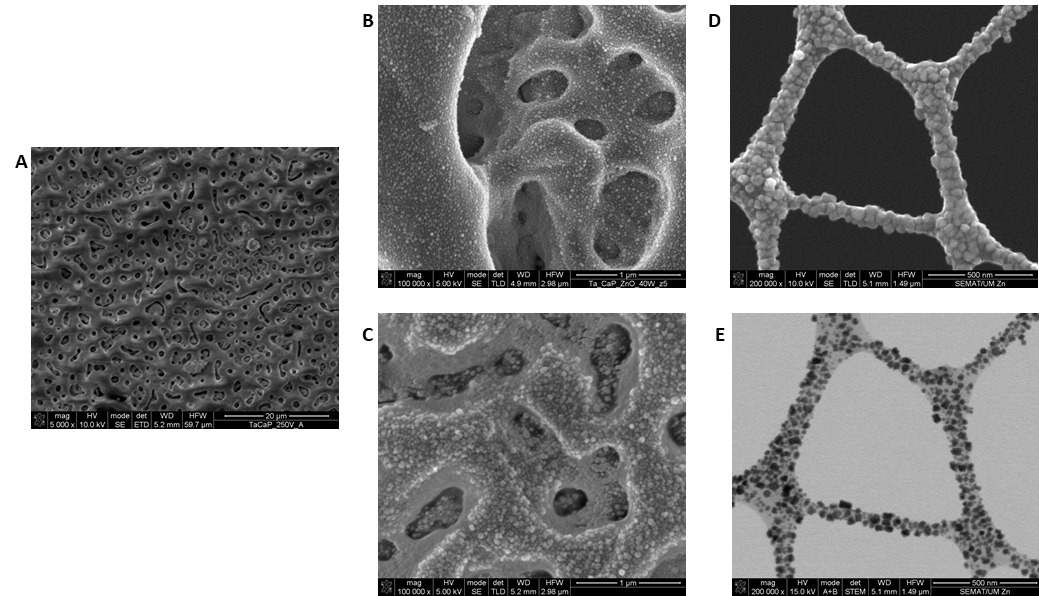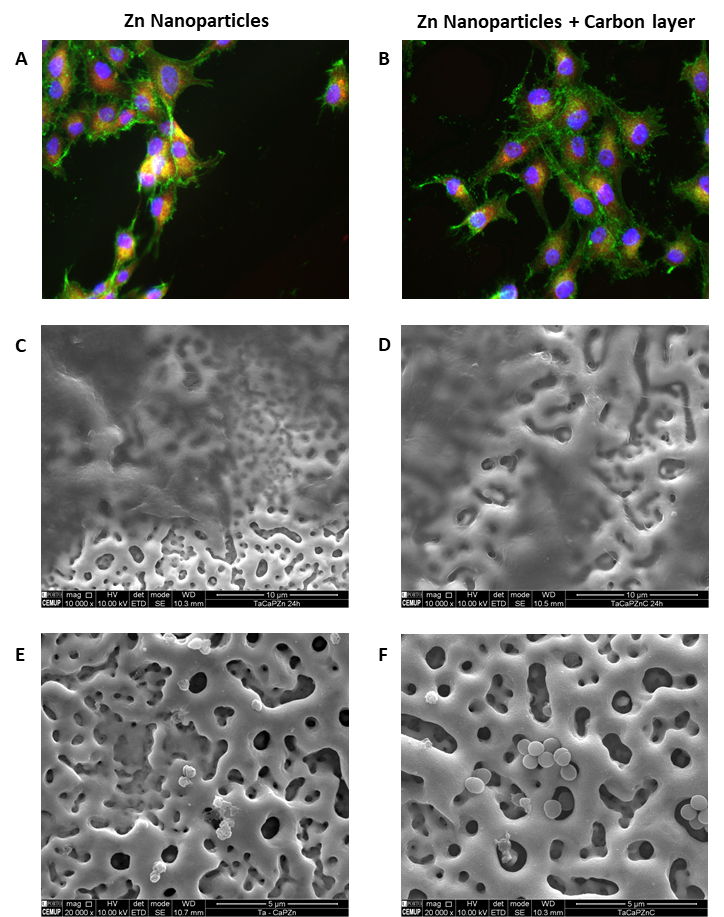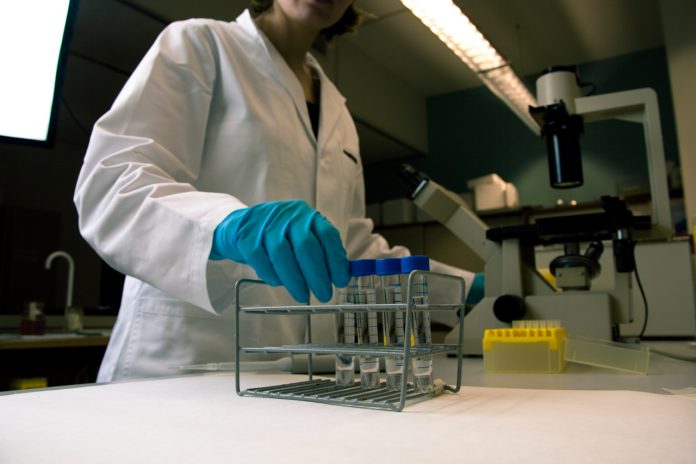Professor Sandra Carvalho, University of Minho, Department of Physics, discusses the emergence of surface functionalization as a strategy in biotech and health
Case study 1: Nanoparticles as Oxygen Scavengers for food-packaging
Partners: University of Minho and International Iberian Nanotechnology Laboratory
Funding: Portuguese Foundation for Science and Technology (FCT) in the framework of the project NANOXYPACK co-financed via FEDER (PT2020) POCI-01-0145-FEDER-030789.
The development of oxygen-sensitive and detecting materials is one of the main aims in the packaging industry, as even a 2% residual oxygen concentration may alter food organoleptic properties. The presence of oxygen in the packaging, as well as the permeation of oxygen during storage, is then avoided by using oxygen scavenging materials and controlled by using packaging materials with low permeability to gases.

This project addresses the development of a new generation of active and intelligent packaging film for foods through the dispersion of nano-sized multifunctional particles (Figure 1) incorporated by magnetron sputtering onto a bio-polymeric matrix. The enhanced oxygen absorption capacity, antimicrobial properties and changes in colour as a function of oxygen absorption provide the packaging material with the multifunctional characteristics required to enlarge the shelf-life of the food.
Case study 2: Design of new antimicrobial osseointegrated dental implants
Partners: University of Minho and University of Porto and DENTAL VERDE – CLÍNICA MÉDICA E DENTÁRIA, LDA
Funding: Portuguese Foundation for Science and Technology (FCT) in the framework of the HEALTHYDENT (co-financed via FEDER (PT2020) POCI-01-0145-FEDER-030708
The HEALTHYDENT project develops a new concept of dental implants. A novel surface with graded functional treatments will give a solution for the main problems of dental implants used nowadays: Poor bioactivity that delays osseintegration, and periimplantitis, an inflammatory disease due to bacterial infection.

The strategy to achieve this novel design was accomplished in two main steps. As first step, tantalum surface functionalization was carried out by micro-arc oxidation (also called plasma electrolytic oxidation, an electrochemical process derived from anodization) to create a porous tantalum oxide (Ta2O5) surface enriched with calcium and phosphorous in order to mimic the morphology and chemical composition of the bone tissue (Figure 2-A). Secondly, this enriched porous Ta2O5 surface was doped with zinc (Zn) nanoparticles (Figure 2-B), by DC magneton sputtering technique providing the antibacterial ability. As it is crucial to guarantee the balance between the non-toxicity of the Zn nanoparticles and the bacterial inhibition, an additional carbon layer was deposited after Zn nanoparticles deposition (Figure 2- C, D and E).

The biological response of the modified surface was evaluated, and it was observed that the surface functionalization did not show toxicity, as shown by the MTT assay for the sample with Zn nanoparticles and the sample with Zn nanoparticles and the carbon layer (Figure 3-A and B, respectively) and by the cells adhesion and proliferation in both surfaces (Figure 3- C and D, respectively). It is important highlight that the sample with the Zn nanoparticles revealed a more efficient ability to inhibit the bacteria adhesion than the surface functionalization with the Zn nanoparticles and the carbon layer, Figure 3-E and F, respectively.
Case study 3: Development of a therapeutic footwear for Diabetic Foot
Partners: University of Minho, University of Coimbra and ICC-Indústrias e Comércio de Calçado S.A
Funding: Science DiabetICC Footwear POCI-01-0247-FEDER-039784
Science DiabetICC Footwear project proposes the development of a new typology of footwear oriented to the segments of therapeutic footwear targeting the clinical condition of Diabetic Foot (DF). The solution consists of components of the footwear and a removable insole, adding the ability to reduce the risk of ulcer-associated infections. In this context, at the insoles level, antimicrobial coatings deposited by magnetron sputtering were developed, aiming to prevent the occurrence of infections resulting from DF.
In vitro antimicrobial activity was assessed using a yeast – Candida parapsilosis and a bacterium – Staphylococcus epidermidis commonly found on the skin. Different coatings were tested, and the AgO-0.25 coating was the one that showed the best results, it has a greater halo around the sample (transparent zone indicating the absence of microorganisms) as can be seen in figure 4 and through the SEM images obtained after the test, the original leather contains microorganisms, contrary to the one coated with AgO.
*Please note: This is a commercial profile











